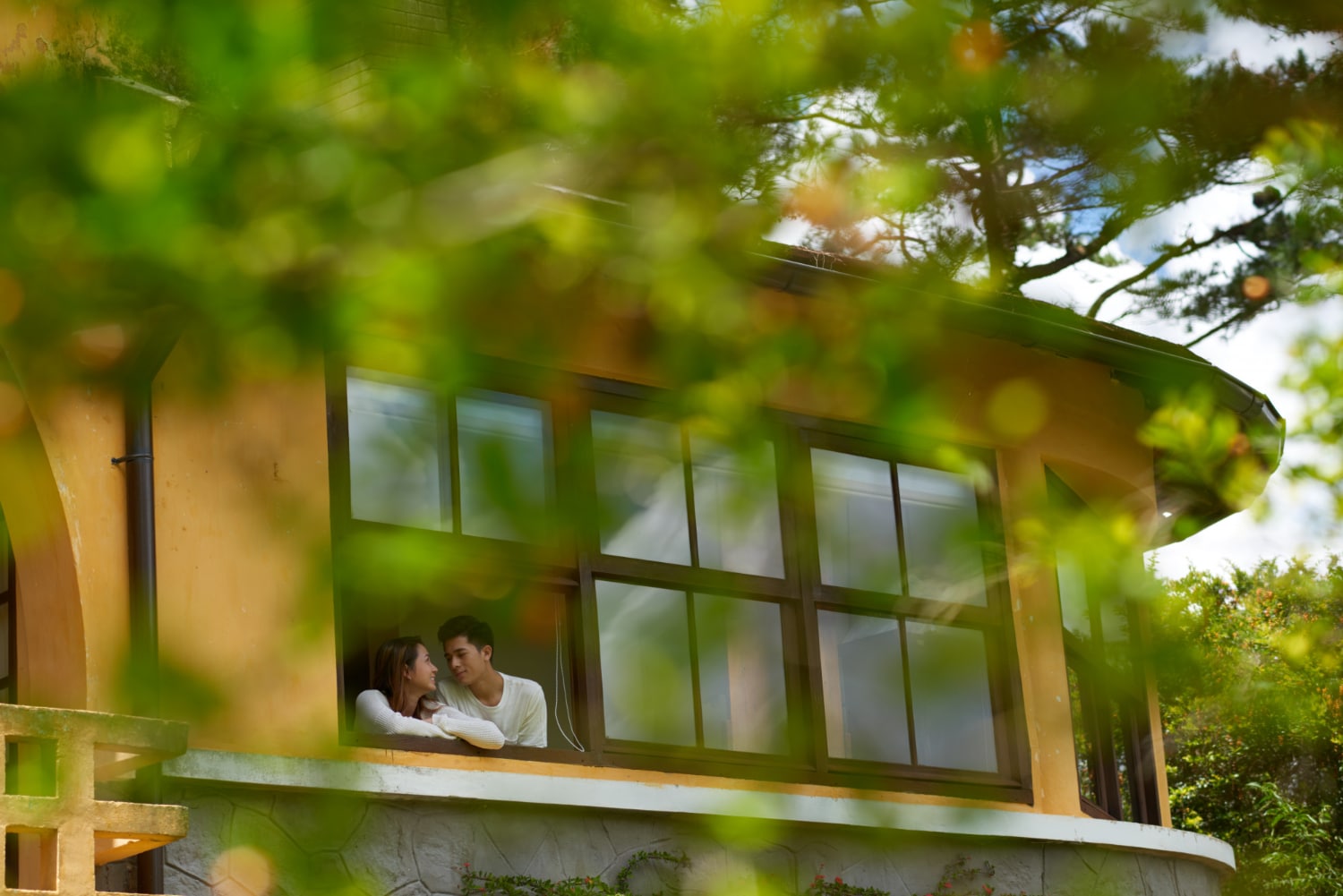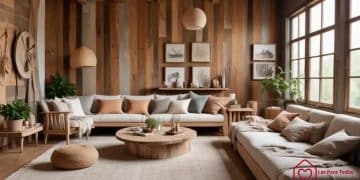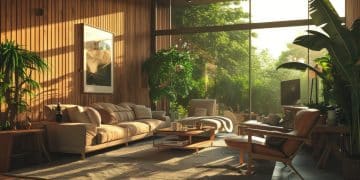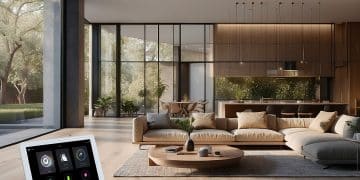Eco-friendly homes: The future of sustainable living

With growing concerns about environmental sustainability, the demand for eco-friendly homes has increased significantly.
These homes are designed to reduce environmental impact while providing long-term benefits such as lower energy bills, improved indoor air quality, and a smaller carbon footprint.
Building or upgrading eco-friendly homes involves incorporating energy-efficient systems, sustainable materials, and innovative technologies that minimize waste and maximize efficiency.
This article explores what makes a home truly eco-friendly, the key features that define a sustainable living space, and how Sandbag Houses in Cape Town are setting an example for affordable and environmentally responsible housing in South Africa.
What are eco-friendly homes?
Eco-friendly homes are built to be environmentally sustainable, focusing on reducing energy consumption, conserving water, and using materials with low environmental impact.
Unlike traditional homes, which often rely on fossil fuels and inefficient construction techniques, eco-friendly homes prioritize renewable energy sources, energy-efficient appliances, and smart home technologies that optimize resource use.
These homes also enhance the quality of life for residents by improving indoor air quality, reducing waste, and lowering overall maintenance costs.
By implementing innovative design strategies, an eco-friendly home can provide a healthier and more cost-effective living space while contributing to environmental conservation.
Key features of eco-friendly homes
A truly eco-friendly home incorporates several essential elements that contribute to sustainability.
1. High-quality Insulation
One of the most crucial features of an eco-friendly home is proper insulation.
High-quality insulation materials such as recycled cellulose, wool, and cork help maintain indoor temperatures, reducing heat loss in winter and heat gain in summer.
This minimizes the need for excessive heating and cooling, leading to lower energy consumption and reduced electricity bills.
2. Renewable Energy Sources
Using renewable energy like solar power significantly decreases a home’s dependence on fossil fuels.
Solar panels convert sunlight into electricity, allowing homeowners to generate their own power.
This not only reduces utility costs but also lowers greenhouse gas emissions.
Other renewable energy options include wind turbines and geothermal heating systems, further enhancing sustainability.
3. Water Conservation Systems
Eco-friendly homes integrate smart water conservation solutions to reduce overall water usage.
Rainwater harvesting systems collect and store rainwater for household use, such as irrigation and toilet flushing.
Greywater recycling systems treat and reuse water from sinks and showers, while low-flow fixtures in bathrooms and kitchens help minimize daily water waste.
4. Sustainable Building Materials
The choice of construction materials plays a significant role in sustainability.
Many eco-friendly homes use reclaimed wood, bamboo, recycled metal, and glass to minimize environmental impact.
These materials not only reduce the demand for new resources but also increase the durability and energy efficiency of the home.
By selecting sustainable materials, homeowners can reduce their carbon footprint while creating a high-quality and long-lasting living space.

5. Smart Home Technology
Modern eco-friendly homes incorporate smart technology to optimize energy efficiency.
Smart thermostats automatically adjust heating and cooling based on occupancy and weather conditions, while LED lighting and energy-efficient appliances significantly reduce electricity consumption.
6. Efficient Ventilation Systems
Good air circulation is essential for maintaining a healthy indoor environment.
Heat Recovery Ventilators (HRVs) and Energy Recovery Ventilators (ERVs) improve indoor air quality by providing fresh air while reducing heat loss.
These systems help regulate humidity levels, remove indoor pollutants, and ensure the home remains comfortable without excessive reliance on air conditioning or heating systems.
Example of an Eco-friendly Home in South Africa: Sandbag Houses, Cape Town
In Cape Town, the Sandbag Houses project stands out as an innovative and sustainable housing solution.
These homes are built using sandbags instead of traditional bricks, offering an affordable and environmentally responsible alternative.
One of the main advantages of sandbag construction is its exceptional insulation properties.
The sand-filled bags help maintain comfortable indoor temperatures year-round, reducing the need for artificial heating or cooling.
Locally sourced sand minimizes transportation emissions, making the construction process more sustainable.
In addition to environmental benefits, sandbag houses are also cost-effective. The construction process is relatively simple and requires fewer resources than conventional brick-and-mortar homes.
This makes them an ideal solution for low-income communities in need of affordable housing.

By using sustainable materials and energy-efficient designs, these homes provide a model for future eco-friendly construction in South Africa and beyond.
Transitioning to eco-friendly homes is a significant step toward a more sustainable and cost-effective lifestyle.
By incorporating features such as high-quality insulation, renewable energy sources, water conservation systems, sustainable materials, smart technology, and efficient ventilation, homeowners can reduce their environmental footprint while enjoying long-term benefits.
The Sandbag Houses in Cape Town serve as a powerful example of how innovative and sustainable housing solutions can be both affordable and environmentally friendly.
As more people embrace green living, these practices will play a crucial role in shaping the future of sustainable housing.
For more information on eco-friendly homes and sustainable living solutions, continue exploring our website.
Want a suggestion? Check out our content on easy home decoration ideas!





